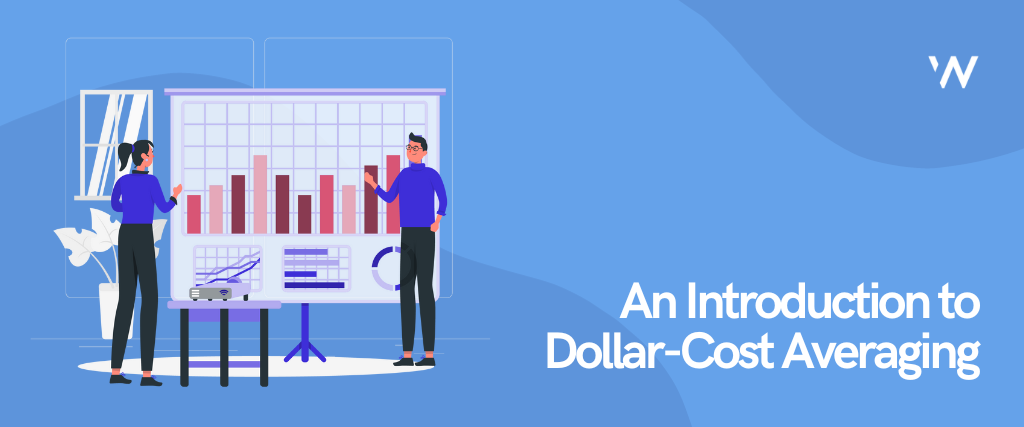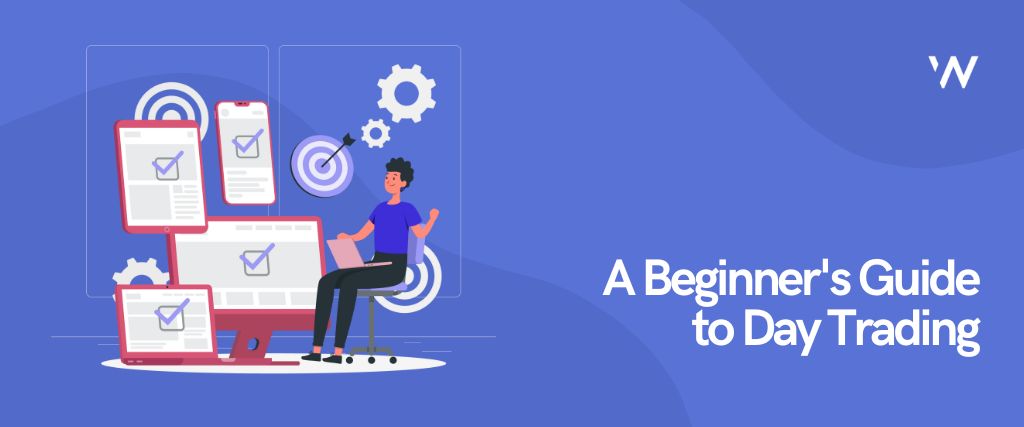Maxed Out Your 401k? What to Do Next.
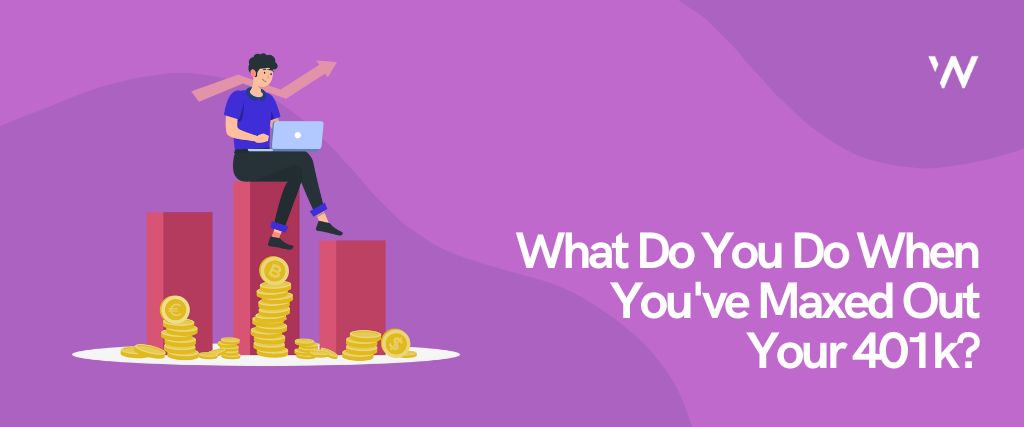
What is a 401k Plan?
A 401k is a retirement savings plan sponsored by an employer (often offering an employer match to your contribution). It allows workers to save and invest a portion of their paycheck before taxes are taken out. Taxes are then paid when the money is withdrawn from the account at retirement.
Named after the section of the tax code that governs it, the 401k plan has become one of the most popular types of employer-sponsored retirement plans in America. The primary benefit of a 401k is that it allows employees to defer taxes on both the money they put into the plan and any gains made from the investment. The money grows tax-free until it is withdrawn, typically after you reach age 59 1/2. Withdrawals made before this time may be subject to penalties. Thus, a 401k plan is a powerful vehicle for retirement savings.
The Importance of Investing in a 401k for Retirement
Investing in a 401k for retirement is a smart financial decision that can provide a stable and secure future. They offer a tax-advantaged way to save for later in life, as you only pay taxes on this income once you begin making withdrawals in your retirement years. Moreover, the amount you contribute can often be matched by your employer, effectively doubling your investment.
Over the long term, the compounded growth of these investments can result in a substantial nest egg. Additionally, 401k plans offer a range of investment options, allowing you to diversify your portfolio and reduce risk. Hence, contributing to a 401k is not just about saving for retirement, it's also about making your money work for you.
401k Employer Match
Employer contributions to 401k plans significantly enhance the growth potential of your retirement savings. Many employers offer a matching contribution up to a certain percentage of your salary. For instance, your employer might match 50% of your contributions up to 6% of your salary. This means if you contribute 6% of your salary to your 401k, your employer would contribute an additional 3%. It's like receiving free money towards your retirement.
This employer match is a powerful incentive to invest in a 401k plan. It magnifies the amount of money you can accumulate for retirement, effectively doubling the impact of your contributions up to the contribution limits. Furthermore, employer contributions, like your own, grow tax-free until you withdraw them in retirement. However, not all employers offer this benefit and the terms can vary greatly among those who do, so it's important to understand the specifics of your company's 401k plan.

Maxing Out Your 401k Plan: What Does it Mean?
Maxing out your 401k means that you are contributing the maximum amount allowed by the IRS to your 401k plan each year. As of 2021, the limit for employee contributions is $19,500 for individuals under 50, and an additional 'catch up' contribution of $6,500 is allowed for those aged 50 and above. By reaching this threshold, you are taking full advantage of the tax benefits offered by a 401k plan and maximizing the potential for compound growth over time.
However, it's crucial to understand that while maxing out your 401k can accelerate your savings for retirement, it may also tie up a significant portion of your income, which could be problematic if you have not accounted for other financial needs or goals. Therefore, it is always important to consider your overall financial situation and goals when deciding how much to contribute to your 401k.
Benefits of Maxing Out Your 401k
There are several key benefits to maxing out your 401k contributions. First, you greatly increase your potential for a comfortable retirement. The more money you put into your 401k, the more you'll have when it's time to retire.
Second, you can significantly reduce your taxable income, as the money you contribute to your 401k is deducted from your pay before taxes. This can potentially move you into a lower tax bracket, reducing the amount of tax you owe each year.
Third, if your employer offers a 401k match, contributing more can mean receiving more match money, effectively earning you free money from your employer.

Potential Drawbacks of Maxing Out Your 401k
Despite the advantages, there are also potential drawbacks to consider when maxing out your 401k. One of the main concerns is liquidity. Money put into a 401k plan is not easily accessible until you reach the age of 59 1/2. Early withdrawals can result in stiff penalties and tax implications.
Furthermore, maxing out your 401k may not leave enough room to contribute to other worthy financial goals, such as building an emergency fund, paying down debt, saving for a down payment on a house, or investing in a Roth IRA or taxable account.
Lastly, it's important to remember that 401k plans usually have limited investment options and you might be missing out on potentially better investments elsewhere. Therefore, it's essential to balance the benefits and potential drawbacks based on your personal financial situation.
What Do You Do When You've Maxed Out Your 401k Plan?
So, what do you do now? When you've maxed out your 401k plan, it doesn't mean the road to investing for retirement ends there. In fact, there are numerous avenues available that one can explore to further grow their wealth and secure their financial future.
From Individual Retirement Accounts (IRAs), Health Savings Accounts (HSAs), and High-Yield Savings Accounts, to real estate and stock market investments, each offers its own unique benefits and potential drawbacks. It's vital to understand these different opportunities to determine which ones align most closely with your financial goals and risk tolerance. Let's delve into these alternatives, outlining their unique features and how they can complement your maxed-out 401k to create a robust, diversified retirement portfolio.
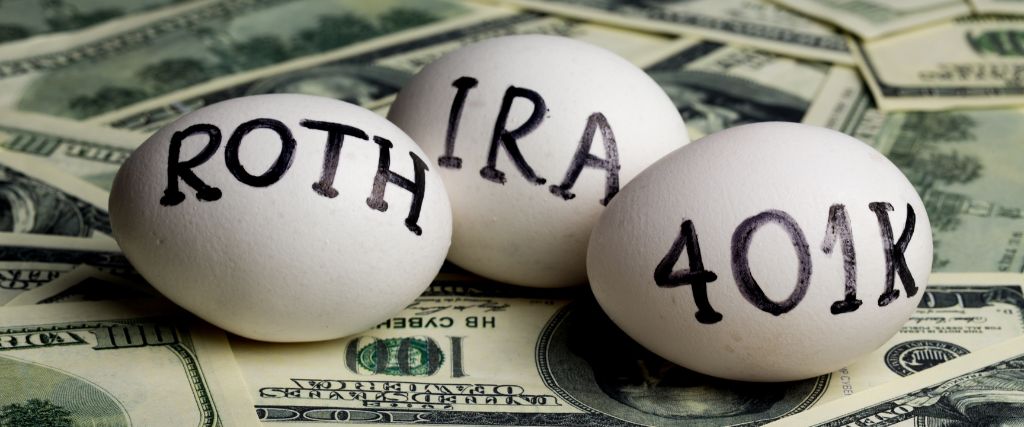
Invest in an IRA After 401k
An Individual Retirement Account (IRA) is another type of tax-advantaged retirement account that individuals can use to invest and save for retirement. There are two main types of IRAs: Traditional and Roth.
Traditional IRA: Contributions to a Traditional IRA may be tax-deductible, meaning they can reduce your taxable income in the year you make the contribution. The funds within the account grow tax-deferred, allowing your investments to compound over time without being hindered by taxes. However, once you start withdrawing the money at retirement (usually after age 59 1/2), those distributions are taxed as ordinary income.
Roth IRA: Unlike a Traditional IRA, contributions to a Roth IRA are made with after-tax dollars, meaning there’s no immediate tax benefit. However, the significant advantage comes at retirement when withdrawals (both contributions and earnings) are tax-free, provided certain conditions are met.
Both types of IRAs can be an excellent way to continue saving for retirement after maxing out your 401k. As of 2021, the maximum annual contribution to an IRA is $6,000, or $7,000 if you're age 50 or older. However, there are income restrictions for Roth IRAs, which could limit your ability to contribute if you have a high income.
Benefits of Individual Retirement Accounts (IRAs)
Individual Retirement Accounts (IRAs) are a powerful tool for retirement saving, offering a number of key benefits that can help enhance your financial security in your later years.
1. Tax Advantages: Both Traditional and Roth IRAs come with significant tax advantages. Traditional IRA contributions can be deducted on your tax return, effectively reducing your taxable income for the year. Although you'll pay taxes on withdrawals in retirement, you may be in a lower tax bracket at that time. Roth IRA contributions, on the other hand, are made with after-tax dollars, so there’s no immediate tax benefit. However, the earnings and withdrawals in retirement (after age 59 1/2 and provided the account has been open for at least five years) are tax-free, which can be a significant advantage if you expect to be in a higher tax bracket in retirement.
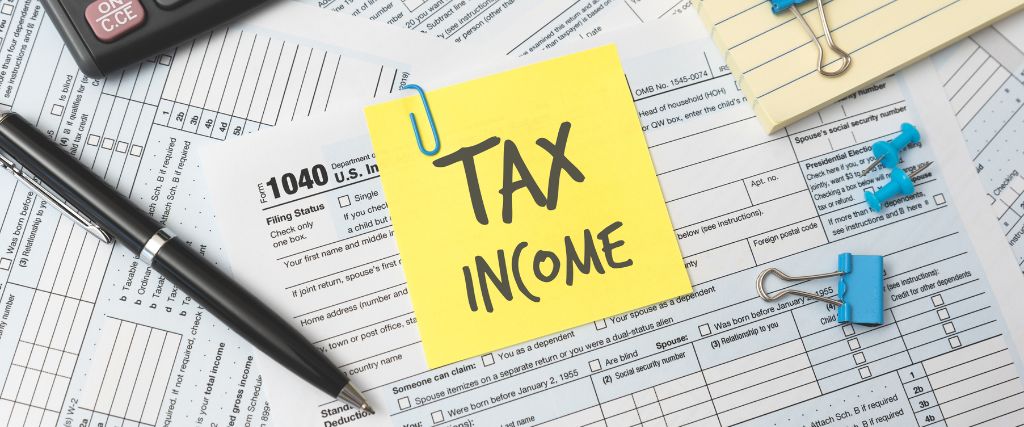
2. Diversification: IRAs can hold a wide variety of investment types, including stocks, bonds, mutual funds, Exchange-Traded Funds (ETFs), and even real estate in some cases. This allows for greater diversification of your retirement plans, which can help manage risk.
3. No Employer Ties: Unlike a 401k, which is tied to your employer, an IRA is an individual account. This means you can keep contributing to the account even if you change jobs, and it can also be easier to manage if you work multiple jobs or are self-employed.
4. Potential for Higher Returns: While 401k plans can often be limited by the investment options chosen by your employer, IRAs usually offer a broader selection of investment options. This can give you the opportunity to potentially earn higher returns by choosing investments that align with your risk tolerance and retirement goals.
5. Accessibility: While it's generally best to leave your retirement savings untouched until retirement, Roth IRAs do offer some flexibility. You can withdraw your contributions (but not the earnings) at any time without penalty, which can be helpful in case of a financial emergency.
Remember, maxing out your 401k is just one piece of the retirement puzzle. By taking advantage of the benefits an IRA offers, you can continue to build your retirement savings and work towards a secure financial future.
Invest in the Stock Market After 401k
Beyond retirement accounts, direct investment in the stock market is another option available to individuals who have maxed out their 401k. By investing in individual stocks or exchange-traded funds (ETFs), you stand to gain significant profits if your investments perform well. But, investing in the stock market can be intimidating for many people, often due to a lack of knowledge or misconceptions about the process. Here are some common reasons why people may be apprehensive about investing:
1. Fear of Losing Money: The stock market is inherently volatile, and the possibility of losing hard-earned money can deter many potential investors. It's essential to understand that investing in the stock market is a long-term strategy, and temporary declines are part of the process.
2. Lack of Knowledge: Investing can seem complex to beginners, with numerous investment instruments, terminologies, and strategies involved. This perceived complexity can make people apprehensive about starting their investment journey.
3. Misconceptions About Wealth: Many people believe that investing is only for the rich, which is not true. With the emergence of more affordable online brokerages and even robo-advisors, investing is becoming increasingly accessible for people with all types of budgets.
4. Time Commitment: Some may be wary of the time commitment required to manage investments and stay updated on market trends. However, passive investment strategies like index funds or ETFs can be a solution for those who prefer a more hands-off approach.
5. Emotional Stress: The ups and downs of the market can cause emotional stress. It's crucial to maintain a level-headed approach and not let emotions dictate investment decisions.
Despite these fears, investing is an essential part of financial planning that can lead to wealth accumulation over time. Financial education and appropriate guidance can help alleviate these concerns and make the investment journey smoother and more accessible.

Benefits of Stock Market Investments
- Compound Interest: Starting early allows more time for investments to grow through the power of compound interest. The longer the money is invested, the more it can grow.
- Learning Opportunity: Investing earlier in life provides an opportunity to learn as you go and understand how the stock market works.
- High Risk Tolerance: Young investors usually have a higher risk tolerance because they have more time to recover from potential financial losses.
Potential Drawbacks of Stock Market Investments
- Market Volatility: The stock market can be unpredictable in the short term. New investors need to be prepared for potential losses.
- Knowledge Gaps: New investors may lack the necessary knowledge and experience to make informed investment decisions.
- Emergencies: Young people may need to access their money for emergencies, but withdrawing from the stock market prematurely can lead to financial loss.
Invest in Real Estate After 401k
Another option for diversifying your investment portfolio after maxing out your 401k is investing in real estate. This could involve buying rental properties, investing in a real estate investment trust (REIT), or flipping houses. Real estate can be an excellent investment because it provides a steady income stream and potential appreciation in property value over time. However, like all investments, it does come with risks, including market fluctuations and property maintenance costs.
Both stock market and real estate investments can be advantageous for those who have reached their 401k limits. They provide potential avenues for increased earnings and portfolio diversification. However, their suitability will depend on your financial goals, risk tolerance, and investment knowledge. Always consider seeking the advice of a financial advisor before venturing into these investment territories.

Benefits of Real Estate Investments
- Steady Income: Rental properties can provide a regular income stream, which can be particularly beneficial for young investors.
- Appreciation: Over time, property values typically increase, providing an opportunity for investment growth.
- Tax Benefits: Real estate investors benefit from tax deductions on mortgage interest, property tax, operating expenses, and depreciation.
Potential Drawbacks of Real Estate Investments
- High Upfront Costs: Buying real estate requires a significant initial investment, which may be daunting or unachievable for some young people.
- Management Responsibilities: Owning rental properties comes with the responsibilities of being a landlord, like maintenance and dealing with tenants.
- Illiquid Asset: Real estate is not easily convertible to cash. If an emergency arises, selling a property quickly may not be possible.
Open a Health Savings Account After 401k
A Health Savings Account (HSA) is a tax-advantaged medical savings account available to taxpayers in the United States who are enrolled in a high-deductible health plan (HDHP). It offers three key tax advantages: contributions are tax-deductible, the growth of the account is tax-free, and withdrawals are also tax-free if they are used for eligible healthcare expenses.

Benefits of a Health Savings Account
- Triple Tax Advantages: As mentioned, HSA contributions can be deducted on your tax return, the growth of the account is tax-free, and withdrawals for eligible medical expenses are not taxed.
- Long-term Savings: The funds in your HSA roll over year to year. There's no 'use it or lose it' policy, making it an effective tool for long-term healthcare savings.
- Investment Opportunities: Some HSAs allow you to invest the money in your account, similar to a 401k or Individual Retirement Account (IRA), providing an opportunity for the account balance to grow over time.
- Flexibility: HSA funds can be used to cover a wide range of eligible medical expenses, including some costs not typically covered by health insurance plans like dental and vision care.
Opening an HSA provides another avenue for investment and potential financial growth, particularly useful for those who have already maxed out their 401k contributions.
Health Savings Accounts as an Investment Tool
Using an HSA as an investment tool can be a strategic move for those who have maxed out their 401k contributions. Just like a 401k or an IRA, HSA funds can be invested in a variety of securities such as stocks, bonds, and mutual funds. However, it's crucial to ensure that your HSA has a sufficient balance to cover any near-term medical expenses before investing the funds, as investment values can fluctuate.
Once your HSA balance is robust enough to safely cover these costs, the excess can be invested. The returns from these investments grow tax-free, which can significantly enhance the account's value over time. This strategy can be particularly beneficial for young, healthy individuals who can afford to take on a bit more risk and have plenty of time for their investments to grow.
Furthermore, after age 65, you can withdraw funds from your HSA for non-medical expenses without penalty, though you'll have to pay income tax on those withdrawals, just like a traditional 401k or IRA. In this way, an HSA can double as a supplementary retirement savings account. However, always remember that the primary purpose of an HSA is to cover healthcare costs, so careful planning and a balanced approach are essential when using an HSA as an investment tool.
Open a High-Yield Savings Account After 401k
A high-yield savings account is a type of deposit account that typically offers a higher interest rate compared to a standard savings account. The "high yield" means your money grows at a faster rate due to the increased interest. These accounts are an ideal place to store money you may need in the short term, such as an emergency fund, while still earning a return on your money.
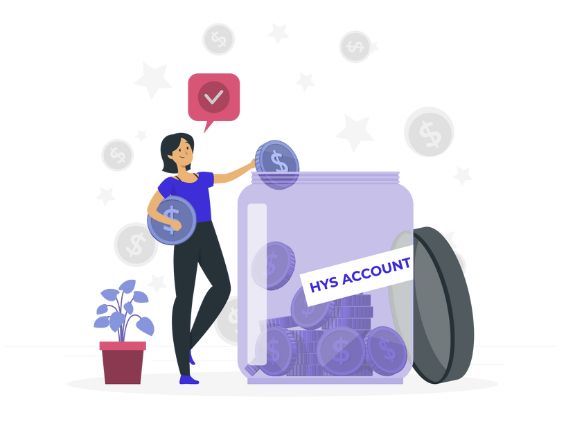
Benefits of a High-Yield Savings Account
- Higher Interest Rates: The main advantage of high-yield savings accounts is their superior interest rates. This means more growth for your money compared to traditional savings accounts.
- Accessibility: High-yield savings accounts are very liquid, meaning you can quickly and easily access your money when needed.
- Safety: These accounts are often insured by the Federal Deposit Insurance Corporation (FDIC), ensuring the safety of your deposits up to $250,000.
- Compound Interest: Many high-yield savings accounts offer compounding interest, meaning you earn interest on the interest already paid into your account. This can accelerate the growth of your savings over time.
High-yield savings accounts can be a valuable tool for those who have maxed out their 401k, providing a safe, accessible place to grow your savings. As always, it's important to do your research and choose a high-yield savings account that best aligns with your financial goals and circumstances.
Seek Out Professional Financial Advice After 401k
Even with a multitude of personal investment opportunities available, consulting with a professional financial advisor can be a prudent decision, especially for those who have maxed out their 401k contributions. Financial advisors possess a wealth of knowledge and expertise in the area of investments and financial planning, and can provide personalized recommendations tailored specifically to your financial situation and goals.
Benefits of Seeking Professional Financial Advice
- Personalized Planning: A financial advisor can help develop a comprehensive financial plan, taking into account all aspects of your financial situation, including your income, expenses, savings, investments, tax situation, and financial goals.
- Investment Strategies: An experienced financial advisor can provide insights into various investment options and strategies that you may not have considered, potentially leading to better investment performance.
- Risk Management: They can help determine your risk tolerance – the amount of risk you're comfortable taking on – and ensure that your investment portfolio aligns with this.
- Retirement Planning: Financial advisors can offer advice on retirement planning, helping to ensure that you're on track to meet your retirement goals, even after maxing out your 401k.
- Tax Planning: Advisors can assist in minimizing your tax burden through strategic investing and withdrawal strategies.
- Time + Effort: Managing your own investments can be time-consuming and complex. Hiring a financial advisor can relieve you of this burden, allowing you to focus your time and efforts elsewhere.
With the right financial advice, you can navigate the investment landscape with more confidence, knowing that your financial plan is being managed by an expert. Always remember to research and choose a certified advisor whom you trust and feel comfortable working with.

Key Takeaways
In summary, those who have maxed out their 401k contributions have several alternative avenues for investment and financial growth. One viable option is a Health Savings Account (HSA), which can double as an investment tool. Investments through HSAs can grow tax-free, enhancing the account's value over time. However, it's crucial to ensure that enough funds are retained to cover healthcare costs before investing HSA money.
Another opportunity lies in High-Yield Savings Accounts. These offer superior interest rates compared to standard savings accounts, enabling faster growth of your savings. They also provide high liquidity, safety assured by the FDIC, and the potential for compound interest. This makes them an excellent choice for storing any short-term funds while still earning a return.
Lastly, seeking professional financial advice can be extremely beneficial. Financial advisors can provide personalized planning, unique investment strategies, risk management, retirement planning, tax planning, and can save you time and effort. This can be especially useful for those who have already maxed out their 401k contributions.
In essence, maxing out your 401k doesn't mean the end of your financial growth. There are multiple other ways to invest, grow your savings, and work towards a secure financial future. Always remember, careful planning and balanced decision-making are keys to successful financial management.
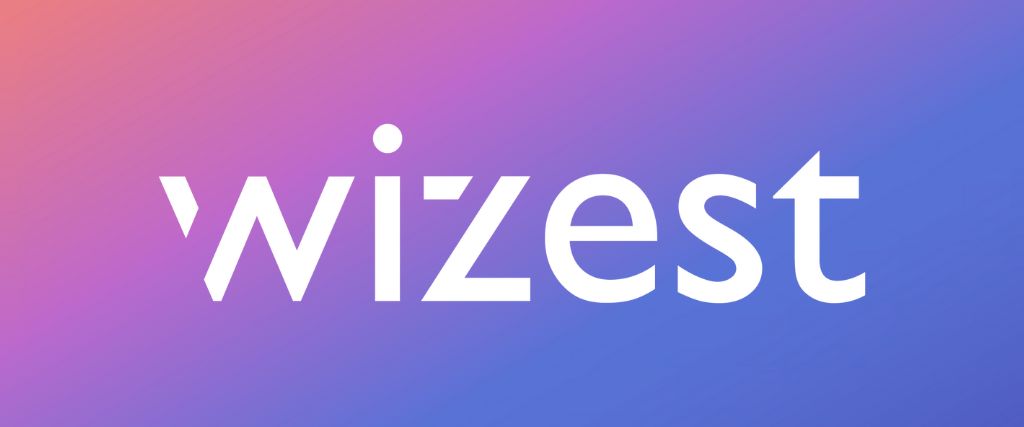
Our Solution
So, you’ve maxed out your 401k and decided to start making your money work for you. Great! But if you’re new to investing, you’ll probably want some financial expertise to help you on with your retirement plans. If you ask your bank for advice, they will ask for an initial investment in the six figures. At the same time, most investing apps don’t offer any guidance at all.
That’s where Wizest comes in. We created an investing solution to democratize the stock market and remove some barriers to entry that discourage novice investors. We understand the stock market can be intimidating and overwhelming and that most people’s lives are too busy to spend hours analyzing individual companies and making thoughtful investments.
Wizest lets you pick people instead of individual stocks. You can build your team of financial experts by browsing their Expert Profiles and Portfolios like you would on a social media platform. Building your team takes just minutes, replicating the portfolios of Experts with one click after you check out their profiles. It’s like fantasy football for investing, and you can shuffle your team of Experts anytime!
Our platform was designed to make investing simple for new investors, diversification easier for veteran investors, and the financial journey engaging and fun for everyone, regardless of experience level. Our simple subscription model makes it affordable for everyone (the cost of 1 coffee a week), no matter the size of your account, with no hidden fees.
Start investing today to take advantage of our special launch pricing!
What is Dollar Cost Averaging for Investing...
2023-11-27
Dollar-cost averaging is an investment strategy where a fixed dollar amount of a particular asset is...
Read moreDay Trading - Strategies, Tools, and Tips for Begi...
2023-12-12
Day trading refers to the buying and selling of stocks within the same trading day. Day traders aim ...
Read moreA List of Great Investing Books, Organized by Skil...
2020-11-23
Never liked the look of finance textbooks or the business section at Barnes and Noble? Picking the...
Read more
